
From the photo that is being shown on the right of the blog, different elements was being presented in various forms:
01. The first picture portrays an scene that is being separated in two parts, which represents two elements of shapes – basic geometric forms, and the color contrast – the present color of black and white.
By comparing the photograph I took with the first image on the right, labeled ’01,’ it is evident that the ’01’ image presents a better view of the element due to its intuitive color contrast. The ’01’ photograph showcases the element by highlighting the clear contrast between black and white, while my photograph features a distinct black color on the right side, but the left side lacks clarity due to the presence of various other objects in the background.
02. The second picture shows an black square on the background, which represented an element of space from the solid square, it can indicate an occupied space from the photo.
The image labeled with ’02’ effectively illustrates the element of space organization with greater clarity. The concise composition emphasizes the solid square and clearly delineates the surrounding space. In contrast, my photograph depicts a more crowded space of use, which might not present the element of space organization well.
03. The third picture shows an scene with patterns of small dots, this demonstrated a element of textured surface from the speckled pattern
In comparison with the image labeled in ’03,’ my photograph provides a better representation of the textured surface. My image clearly illustrates the pattern and texture of this surface, whereas the ’03’ picture merely presents the element with small dots, which shows less details and clarity.
04. The fourth picture presents an scene with black and white horizontal stripes, this represents two elements, which is pattern and the lines. Both of the elements combines together and creates a rhythm or flow of the photo.
The fourth image with the labeled ’04’ presents the overall elements more better by showing an clear view through horizontal lines and the pattern. By comparing the ’04’ image to my photo, my photo emphasizes more on the visual effects through the three-dimensional shapes, which did not present well on the element through lines and patterns.
05. The fifth picture shows an scene with two black stripes in an plain white background. Line was the main element that was shown inside, the black and vertical lines indicates the structure of the picture.

By comparing the photograph I took with the fifth picture on the right, labeled ’05,’ I believe that both picture portrays the element of lines well, the two image all show the line element with an clear view, specifically, presenting the lines with white and black colors.
06. The sixth picture shows an scene with an black circle in the middle, the picture portrays an element from the solid circle, which represents the element of fundamental shape.
In comparison with the image labeled in ’06,’ my photograph provides a better view of the element-solid circle, by portraying an basketball being thrown in the air, my picture shows an circle with an visual effect of three-dimensional, which helps to highlight the part of ‘solid’ inside the element. In contrast, the ’06’ picture focus more on the shape of circle, but not the actual ‘solid’ part.
07. The seventh picture portrays an scene with two vertical line and one horizontal line, the three lines intersect between each other and represents the element of line and shapes. The cross line and shapes symbolize the intersections or connections of the elements inside the scene.
By comparing the ’07’ image and the picture that I capture, the ’07’ picture demonstrates better on the element of lines and shapes, while my photo shows more on the space instead of having clear lines and shapes.
08. The eighth picture presents an scene with 25 black points, these points are being equally separated and arranged in the space, which best presented an element of patterns.
The image that was being labeled with ’08’ portrays an better view on the element of pattern and space, the image shows the same size of circles being separate with same amount of space. In contrast, my photo shows the element of space but not with the patterns of shapes, which did not present well on the element.
09. The ninth picture shows an scene with different lines crossing between each other, this represent an element of lines and the element of grid, which presents an organization and the structure of the picture
The ninth image that was being presented with the label ’09’ demonstrates more better on the through the element of lines and grid, the intersection of line have shown the grid being equally separated with space. By comparing the picture with the picture that I had took, the ’09’ picture shows more better through the elements, while my picture focus more on the three-dimensional shapes.
10. The tenth picture shows an element of diagonal line that went through the whole scene, which emphasizes the movement and direction of the picture
In comparison through the image that was labeled in ’10,’ my photographs demonstrates more better on the element of diagonal lines through the whole scene, the wall shows the direction of the picture which highlights out the element.
11. The eleventh picture portrays an scene with a huge trapezoid shape, this is usually used when the photographer is capturing the road, which can imply the direction or stability.

Through the picture with the labeled of ’11,’ both pictures shows the element in with an clear view. By portraying an straight line through the whole image, both photo shows the direction of line.
12. The last picture presents an idea with intermittent lines, these wavy lines indicate the element of textured, which highlights the idea of the scene being shown and add on to the interest of the picture.
The image labeled with ’12’ illustrates to the element of texture through a specific surface, by comparing the two photos, the photo that I took shows an more specific view on the wood surface, which show an better view through the texture element.
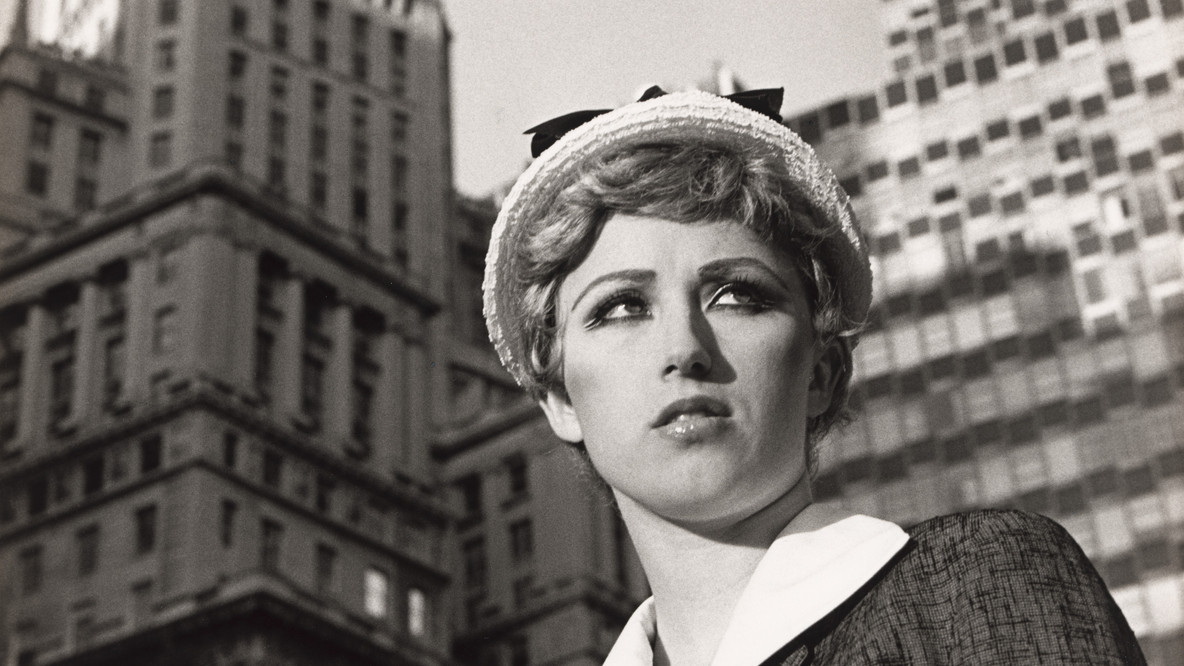






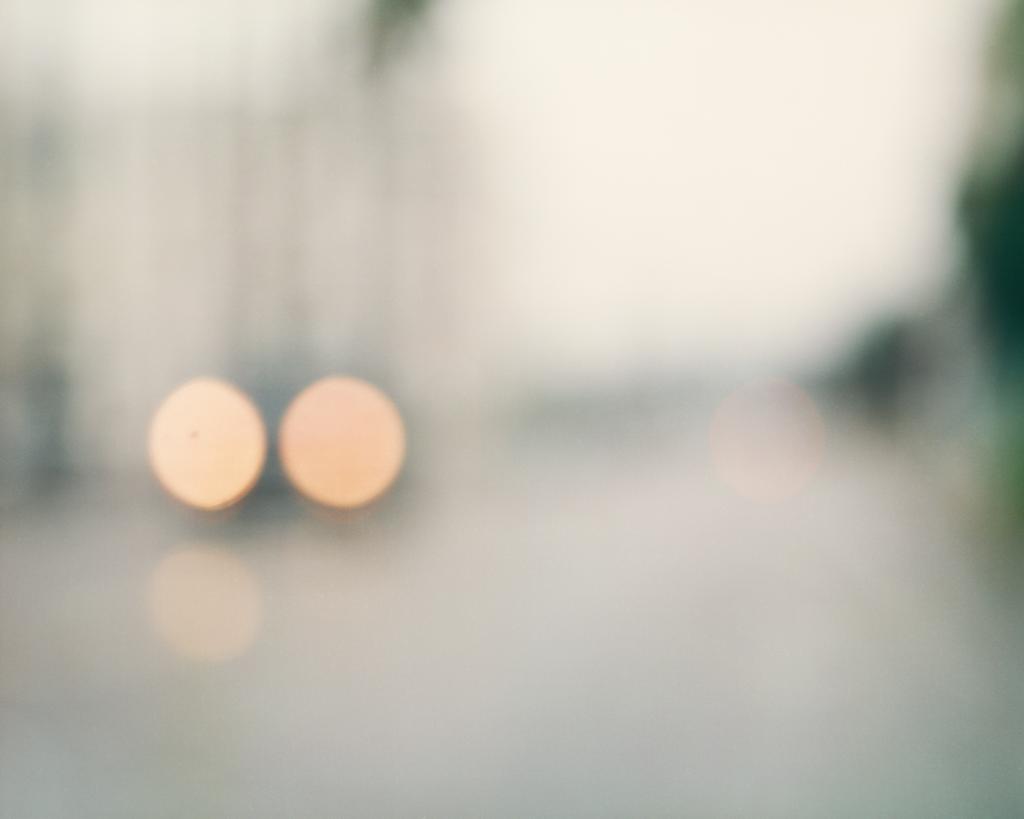


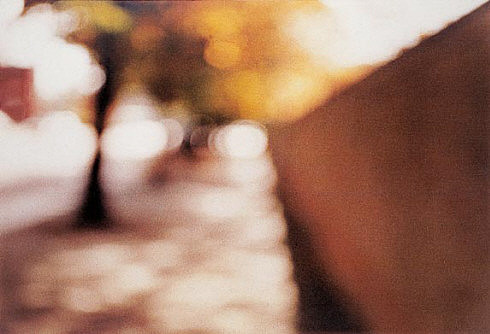



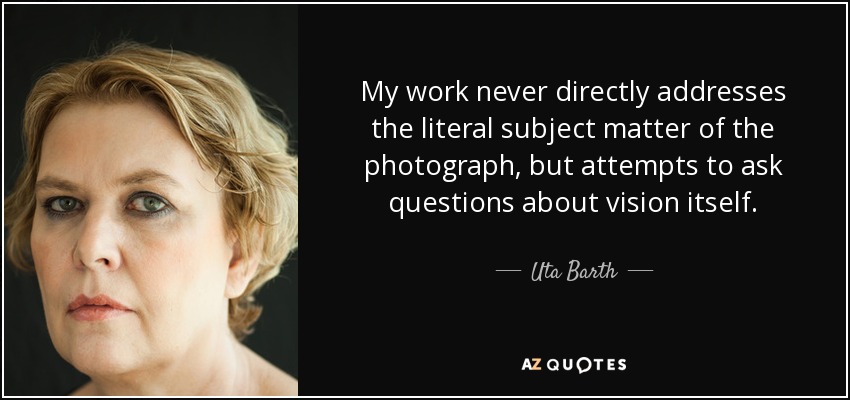 pictures (of the world) look like.”
pictures (of the world) look like.”














 Shapes are the two-dimensional subject that is created by lines, it can rather be geometric, such as squares and circles, or organic like flowers and shells. Shapes can compose the framework and create the pattern, which can emphasize the main subject, build up the contrast and highlight the visual flow.
Shapes are the two-dimensional subject that is created by lines, it can rather be geometric, such as squares and circles, or organic like flowers and shells. Shapes can compose the framework and create the pattern, which can emphasize the main subject, build up the contrast and highlight the visual flow.






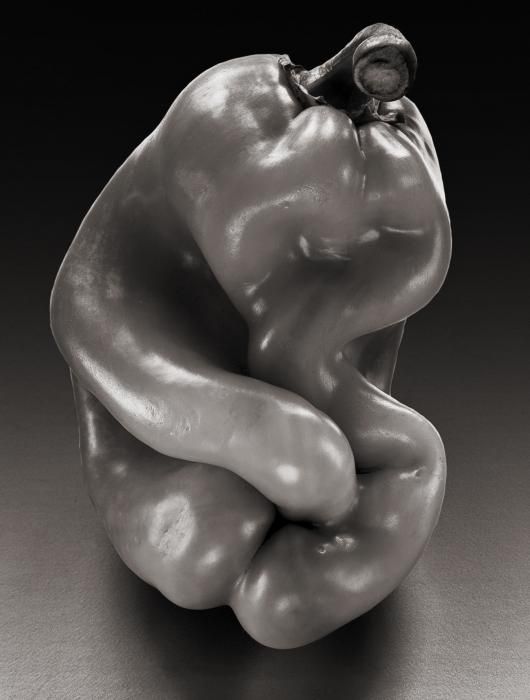

Recent Comments